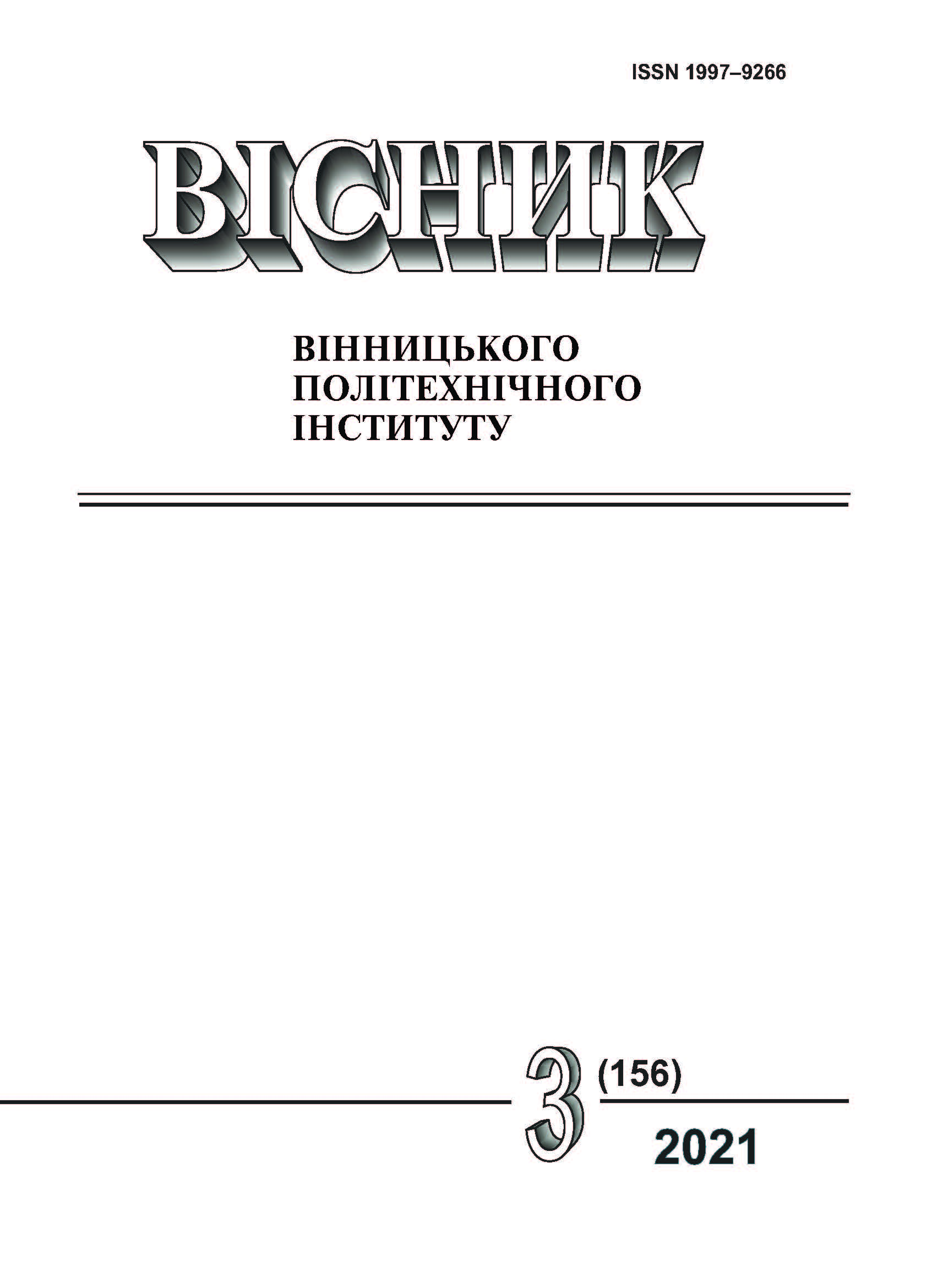The Influence of Energy and Ecological Components on Housing and Production of Wall Building Materials
DOI:
https://doi.org/10.31649/1997-9266-2021-156-3-7-17Keywords:
housing construction, housing provision, ecology, energy efficiency, wall materials, autoclaved aerated concreteAbstract
The aim of the article is to study the current state of housing construction, providing the population with housing in the new energy and environmental conditions of construction and production of energy-efficient wall materials. The dynamics of total and relative volumes of housing construction is given. Ukraine shows a significant lag behind neighboring countries in the relative volume of housing construction. There has been conducted the analysis of the growth of housing provision due to the relative volume of housing construction and population reduction. It is noted that the reduction of energy consumption in the construction sector is due to the need for thermal modernization of the existing obsolete housing stock, built in the 70—80s of the last century and the construction of new housing using modern wall materials. It is shown that reducing the use of fossil fuels reduces greenhouse gas emissions, which are responsible for rising temperatures. There has been carried out the comparative analysis of carbon dioxide emissions in Ukraine and European countries. The environmental tax on carbon dioxide emissions is seen as a tool for the economical use of energy resources. There have been considered the current trends in the production of autoclaved aerated concrete, the share of which in the structure of wall materials has increased to 53 %. Comparative indicators of physical and mechanical properties of wall materials are given. The relevance of harmonization of Ukrainian legislation with EU standards is shown. The main directions of prospects for growth of production of autoclaved aerated concrete brand D300 for the construction of houses close to zero energy consumption are formulated.
References
В. М. Новіков, «Удосконалення фінансування житлового будівництва,» Демографія та соціальна економіка, № 3, с. 86-99, 2018. [Електронний ресурс]. Режим доступу: http://nbuv.gov.ua/UJRN/dse .
Департамент обстежень домогосподарств Держстату, «Статистика будівництва житла 2020. Соціально-демо графічні характеристики домогосподарств України у 2020 році,» відп. за вип. І. І. Осипова, Статистичний збірник. Київ, 2020, с. 30.
Т. В. Сердюк, і С. Ю. Франішина, «Комерційна привабливість та державна підтримка інвестицій в енергозбереження: вітчизняний досвід,» Вісник Вінницького політехнічного інституту, № 2, с. 46-51, 2011.
Т. В. Сердюк, і С. Ю. Франишина, «Організаційно-функціональні засади діяльності регіональних фондів енергозбереження,» Збірник наукових праць Черкаського державного технологічного університету, вип. 25, ч. 2, с. 119-123, 2010.
А. В. Фощ, «Термомодернізація будівель — ресурс енергозбереження в будівництві,» Вісник Одеської державної академії будівництва та архітектури, вип. № 65, с. 137-141, 2016.
Е. Ю. Бондаренко, Л. В. Иваненко, «Зарубежный опыт организации малоэтажного строительства,». Основы экономики, управления и права, № 2 (8), с. 43-53, 2013.
Про системи оцінки та виміру «Зеленої економіки». [Електронний ресурс]. Режим доступу https://ecolog-ua.com/news/pro-systemy-ocinky-ta-vymiru-zelenoyi-ekonomiky .
В. М. Горин, «Применение керамзитобетона в строительстве – путь к энерго- и ресурсоэффективности, безопасности зданий и сооруений,» Строительные материалы, № 8, с. 8-10, 2010.
В. П. Вылегжанин, и В. А. Пинскер, «Автоклавный газобетон для строительства экономичного и экологичного жилья» Журнал Строительные материалы. № 8, с. 8-11, 2009.
В. Р. Сердюк, і Д. Г. Рудченко, «Шляхи зменшення енергетичної та екологічної складової у виробництві автоклавного газобетону,» Вісник Вінницького політехнічного інституту № 2, с. 20-26, 2020.
«Рынок автоклавного аэрированного бетона (AAC),» Research And Markets.com . [Электронный ресурс]. Режим доступа: https://www.researchandmarkets.com/r/6fmucz .
Т. А. Ухова, и Л. И. Тарасова, «Ячеистый бетон — эффективный материал для однослойных ограждающих конструкций жилых зданий,» Строительные материалы, TECHOLOGY, № 11, с. 19-20, 2003.
В. В. Коровкевич, и др. Малоэтажные дома из ячеистых бетонов. Рекомендации по проектированию, строительству и эксплуатации. Ленинград: ЛенЗНИИЭП, 1989, 284 с.
Клаус Бонеманн, «WEHRHAHN в странах СНГ и Балтии: более 35 заводов за десять лет,» Строительные материалы, оборудование, технологии XXI века, № 8, с. 41-43, 2014.
Downloads
-
PDF (Українська)
Downloads: 308
Published
How to Cite
Issue
Section
License

This work is licensed under a Creative Commons Attribution 4.0 International License.
Authors who publish with this journal agree to the following terms:
- Authors retain copyright and grant the journal right of first publication.
- Authors are able to enter into separate, additional contractual arrangements for the non-exclusive distribution of the journal's published version of the work (e.g., post it to an institutional repository or publish it in a book), with an acknowledgment of its initial publication in this journal.
- Authors are permitted and encouraged to post their work online (e.g., in institutional repositories or on their website) prior to and during the submission process, as it can lead to productive exchanges, as well as earlier and greater citation of published work (See The Effect of Open Access).





